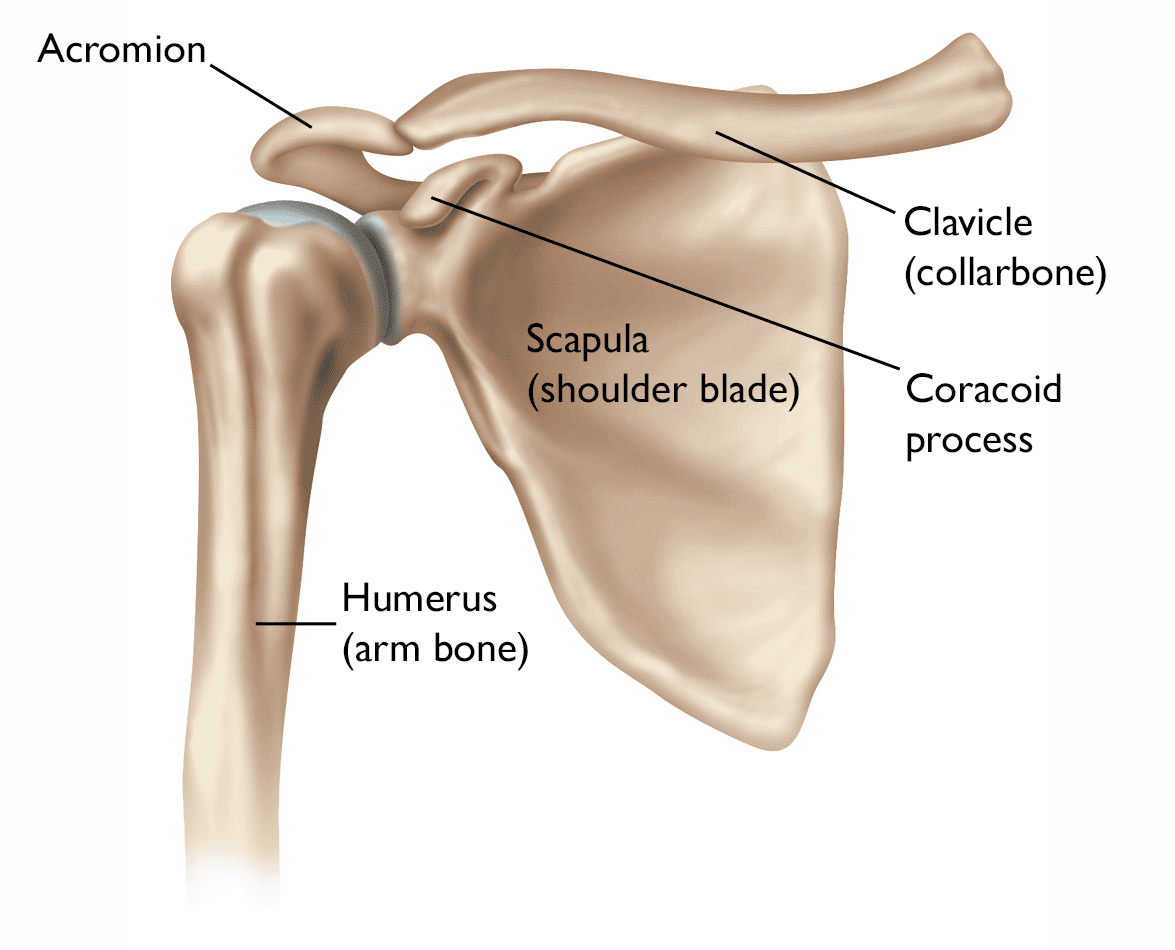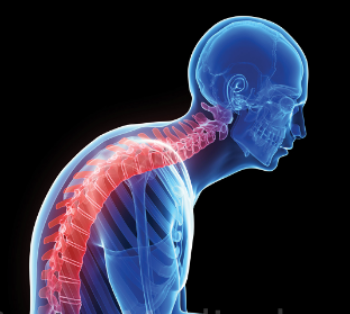How To Treat Shoulder Pain: Addressing The Entire Shoulder Complex
The shoulder joint is one of the most complex joints in the body. This makes shoulder pain one of the most difficult conditions to treat. One of the main problems with traditional therapy for shoulder pain is hyperfocusing on the shoulder joint itself. Shoulder movement is impacted by an entire shoulder complex. Failing to address all the things that influence shoulder movement ensures that your shoulder pain eventually comes back. When learning how to treat shoulder pain it's important to treat the entire shoulder complex for better outcomes. The shoulder complex includes the following three components:
The Shoulder Joint
The first part of the shoulder complex is the shoulder joint itself. It consists of where your humerus (the upper arm bone) attaches to the glenoid fossa (part of your shoulder blades).The shoulder joint directly contributes to shoulder pain when the articular cartilage gets worn down or irritated. Indirectly, muscles imbalances of the shoulder can lead to altered moveement at the shoulder joint and contribute to pain. Improving movement, building strength, and restoring balance to the shoulder joint is a vital step in learning how to treat shoulder pain.
The Shoulder Blade
The shoulder blade, or scapula, is another important part of the shoulder complex that needs to be addressed when programming for how to treat shoulder pain. Scapula Dyskinesis is the medical term for altered movement of the shoulder blade during shoulder movement. An inability to move and control your shoulder blade leads to poor movement of the entire shoulder complex and more irritation on muscles and tendons. Overtime this causes shoulder pain and needs to be addressed in any plan to treat shoulder pain.
The shoulder blade is where most muscles of the rotator cuff are attached and an important part of the shoulder complex.
Thoracic Spine (Mid Back)
Another important part of the shoulder complex that often gets left out is the mid back (or thoracic spine). Shoulder movement is directly linked with your mid back movement. Stiffness in your mid back leads to a decrease in shoulder range of motion. Limitations in shoulder movement lead to increased stress being put on the structures of the shoulder when performing basic movements like pushing, pulling, or reaching. Overtime this becomes a problem.
Your mid back is an important part of the shoulder complex.
To learn how to treat shoulder pain it's important to focus on treating the entire shoulder complex. Assessing and addressing issues with the shoulder joint, shoulder blade, and thoracic spine will help you solve chronic shoulder pain, keep active, and avoid unnecessary injections or shoulder pain.To learn more specific exercises to treat shoulder pain be sure to download our free 'Shoulder Pain Report' at the link below.





